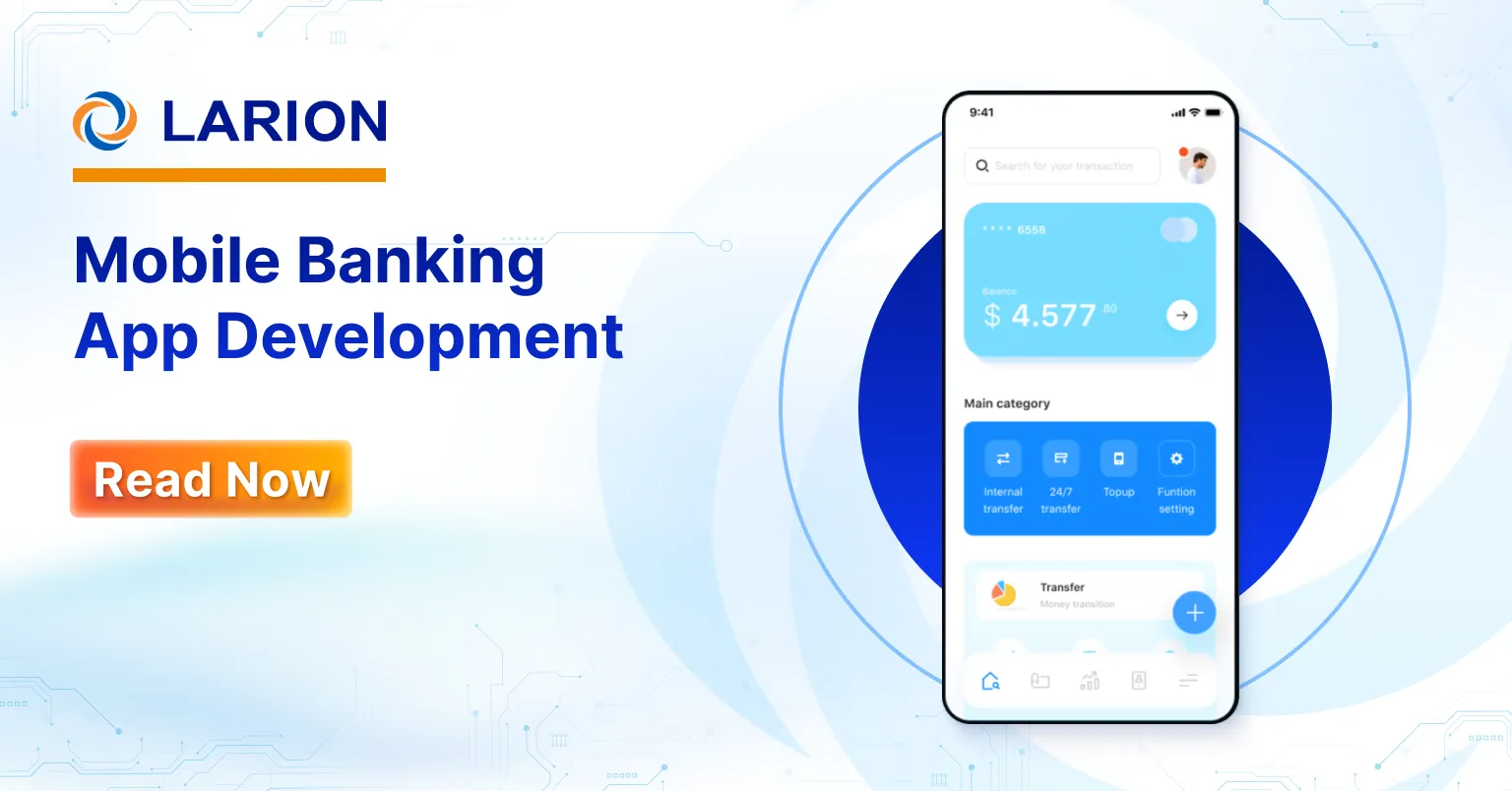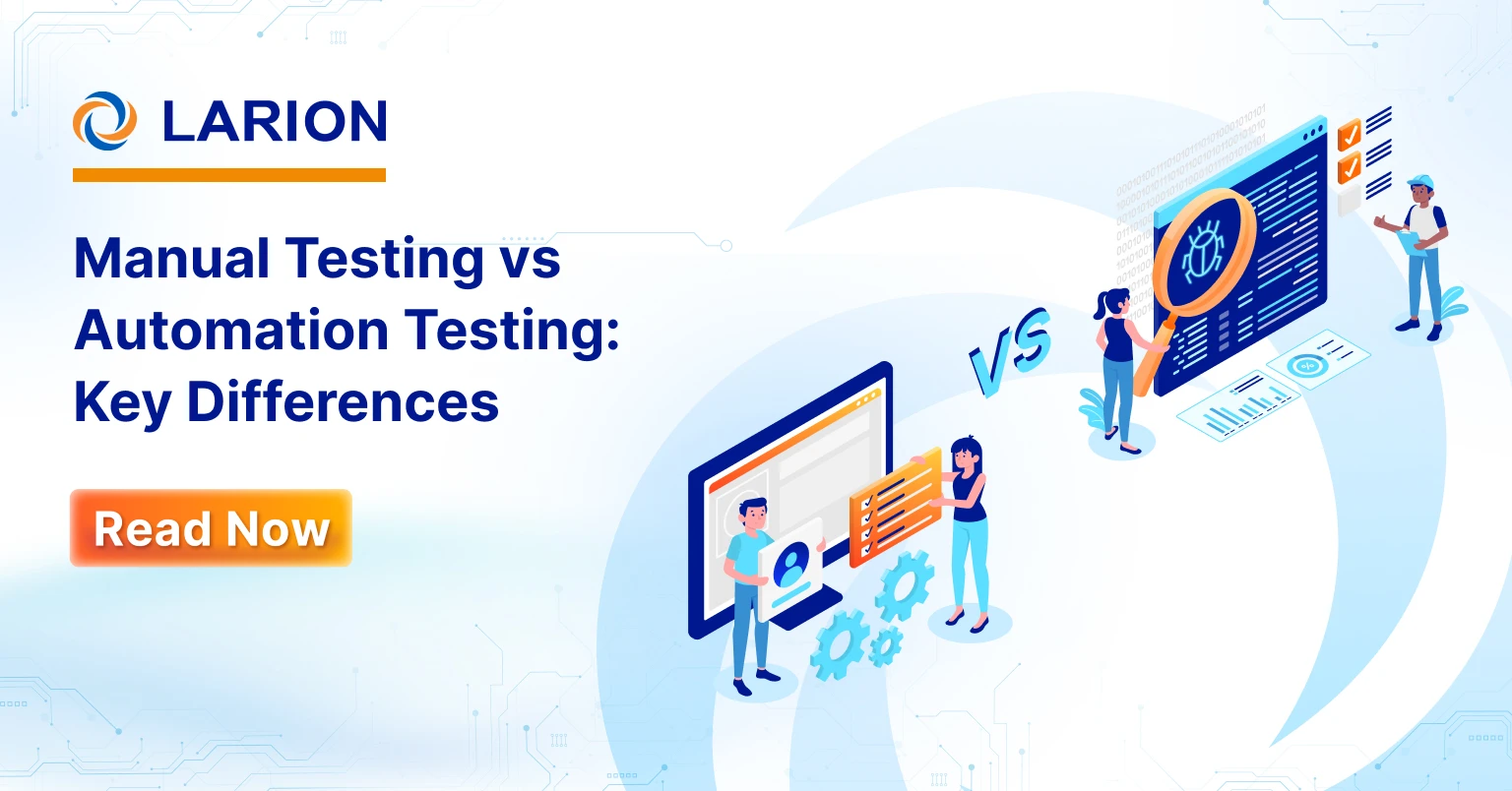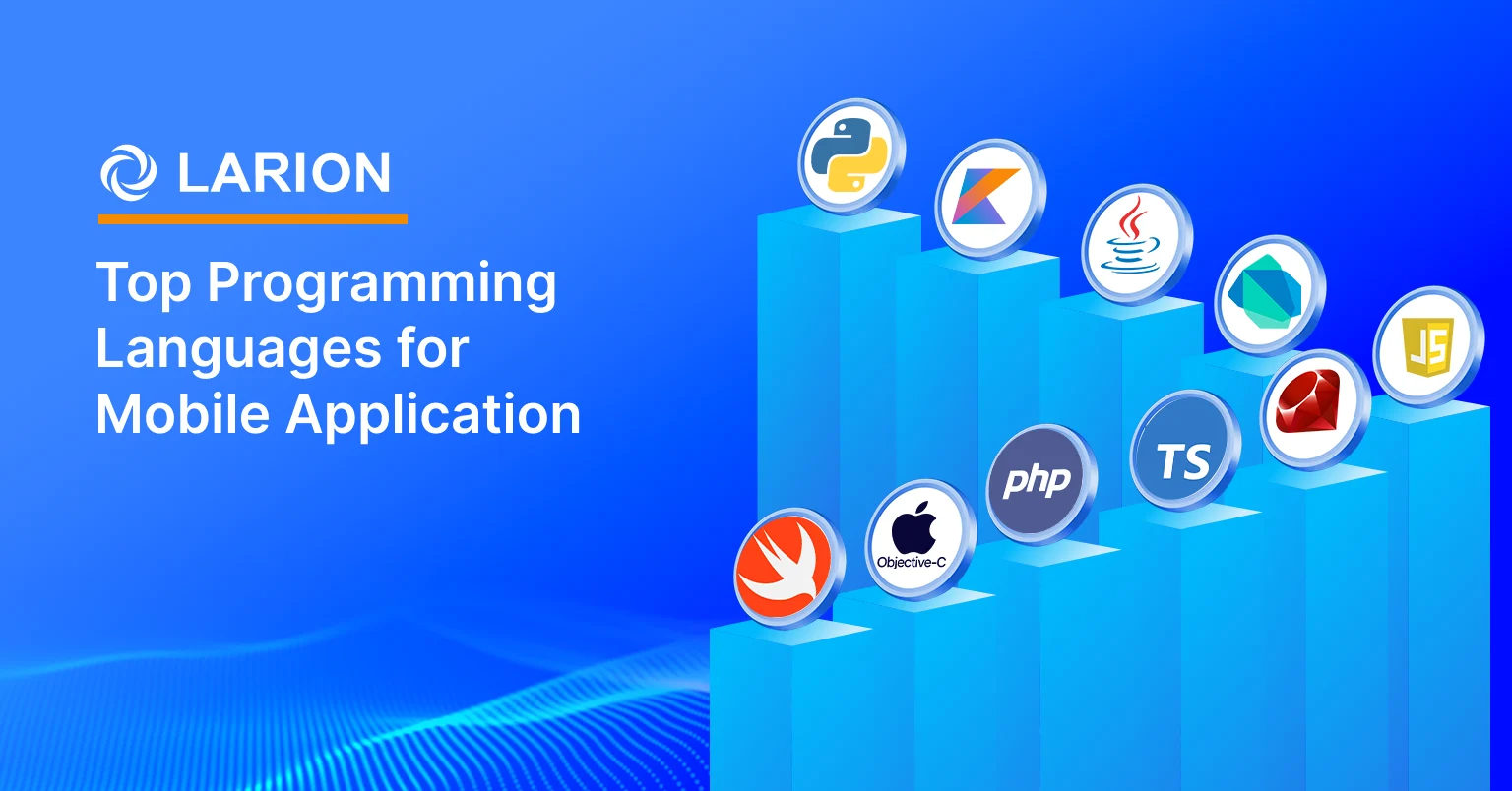
The latest Datareportal report reveals a striking reality: 70.5% of the world’s population now uses a mobile phone, with 5.78 billion unique mobile users recorded in January 2025. This widespread adoption has transformed how businesses connect with customers, making mobile apps essential for success.
Choosing the right mobile app development languages, however, remains one of the biggest challenges for enterprises. There are too many factors to consider and it can be overwhelming to sift through Google for guidance. Should you just go with the most common program for app development, or is there a better option for your needs? How do you balance performance, scalability, and cost-efficiency? Your decision can influence everything from user experience to long-term growth.
In this blog post, we’ll cut through the noise and guide you toward finding the suitable programming language for mobile app development in 2025.
Why Choosing the Right Mobile Programming Languages Matters
More than the technical side of things, choosing the right mobile app programming language is also a smart business move. Get it right, and you’ll have a smoother, more scalable app. Get it wrong, and you could end up facing higher costs and frustrated users.
Here’s why this decision is so important:
- Performance: Obviously, no one wants an app that crashes or lags! The right mobile app programming language ensures that your app runs fast and efficiently, which means a better user experience.
- Scalability: Your app needs to keep up as your business grows. When you’ve chosen the right language, it’s easier for your app to scale. You can add new features without facing significant technical hurdles since there’s no need to start from scratch.
- Cost Efficiency: Some programming languages demand more resources than they’re worth. The right choice helps you save time, money, and effort while streamlining app development. That’s one less headache for you to deal with.
- Developer Access: Choosing a popular mobile app programming language gives you a talent pool that’s deep and wide. Hiring the right developers becomes easier, faster, and less stressful. Plus, you can rest assured knowing you’ll have skilled hands to maintain and improve your app as it grows.
- Future-Proofing: The tech world moves fast, and staying ahead means choosing a mobile programming language that can ride the tide of change. You should opt for a language that ensures your app adapts and integrates seamlessly with new tools.
When it comes down to it, picking the best programming language to develop mobile apps is about setting your business up for success. Every option you make impacts user experience, growth potential, and long-term ROI.
So, how do you make the best choice? Let’s explore the top mobile development languages and see how they stack up.
Top 10 Mobile App Development Languages for 2025
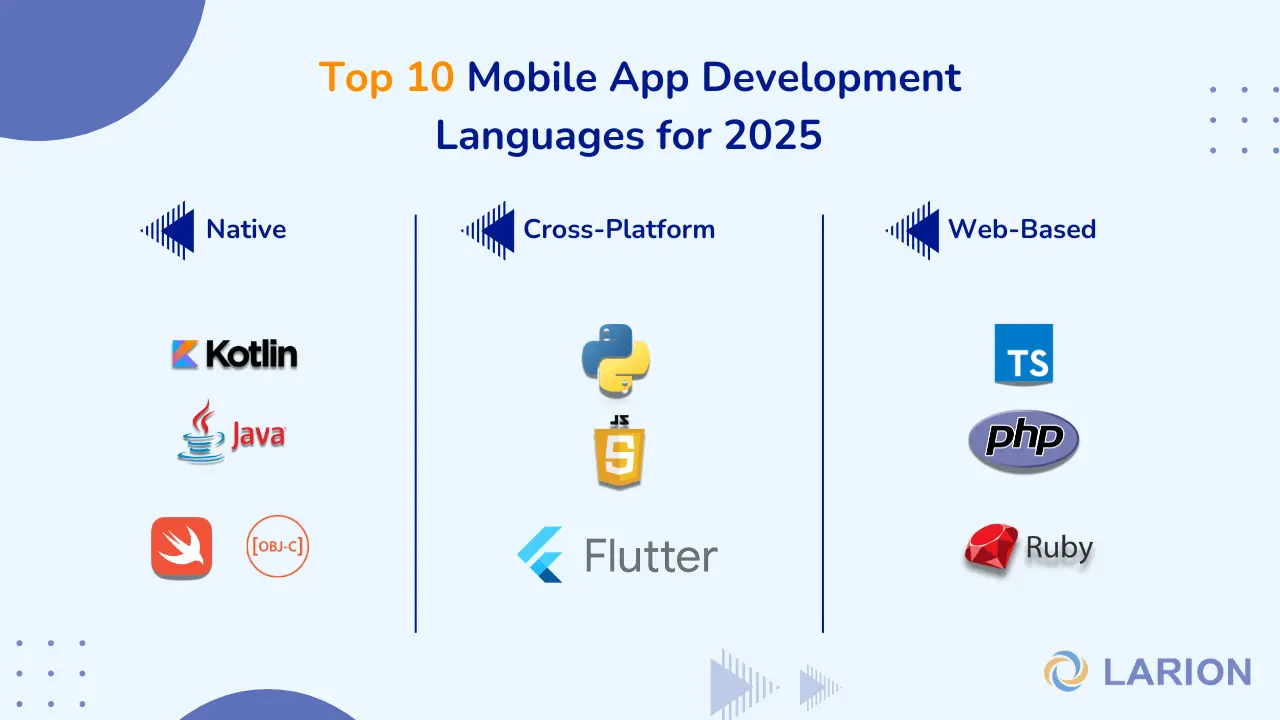
We’ve rounded up the best mobile app development languages and categorized them by development approach. Since there are multiple ways to build an app, choosing the right one requires careful consideration. If you’re unsure which path to take, check out our article, Custom Mobile App Development: The Definitive Guide, for a deeper understanding.
Now, let’s explore the top mobile app development languages for 2025!
Best Languages for Native Mobile App Development
Native development offers the best performance and seamless integration with platform-specific features, making it ideal for high-quality, tailored apps. Let’s check out the top mobile app development languages for both Android and iOS platforms:
For Android:
1. Kotlin

Android dominates the global smartphone market with a 71.42% share, according to recent data from Backlinko. If you’re planning to target the massive Android user base, Kotlin is the ideal mobile app programming language. Backed by Google, Kotlin simplifies Android app development, making it scalable and efficient.
Key Advantages:
- Seamless Android integration: Kotlin was made for Android, and Google made sure of it. It works effortlessly with Java, so if you’ve already got Java in your tech stack, moving to Kotlin is practically a no-brainer.
- Concise & safe code: Kotlin cuts down on the boilerplate code and has built-in null safety, meaning fewer bugs, fewer crashes, and a smoother app experience. Your developers will love how much cleaner and faster their code becomes.
- Perfect for Java developers: If your team is already familiar with Java, Kotlin won’t throw them a curveball. It’s designed to be fully interoperable with Java, meaning you can keep the best of both worlds.
- Growing ecosystem: Kotlin is constantly evolving with new features and community-driven updates. As your app scales, Kotlin will keep up, ensuring it remains relevant for years to come.
Challenges:
- Limited talent pool: Although Kotlin is now gaining traction, it may take a while before it can dominate the market in terms of number of developers. There are still fewer Kotlin developers compared to Java developers. This could make hiring more challenging.
- Slower compilation time: For large projects, Kotlin’s fresh build compilation can be slower than Java.
- Smaller community support: While Kotlin’s community is growing, it still lags behind other languages in terms of available resources and troubleshooting support.
2. Java
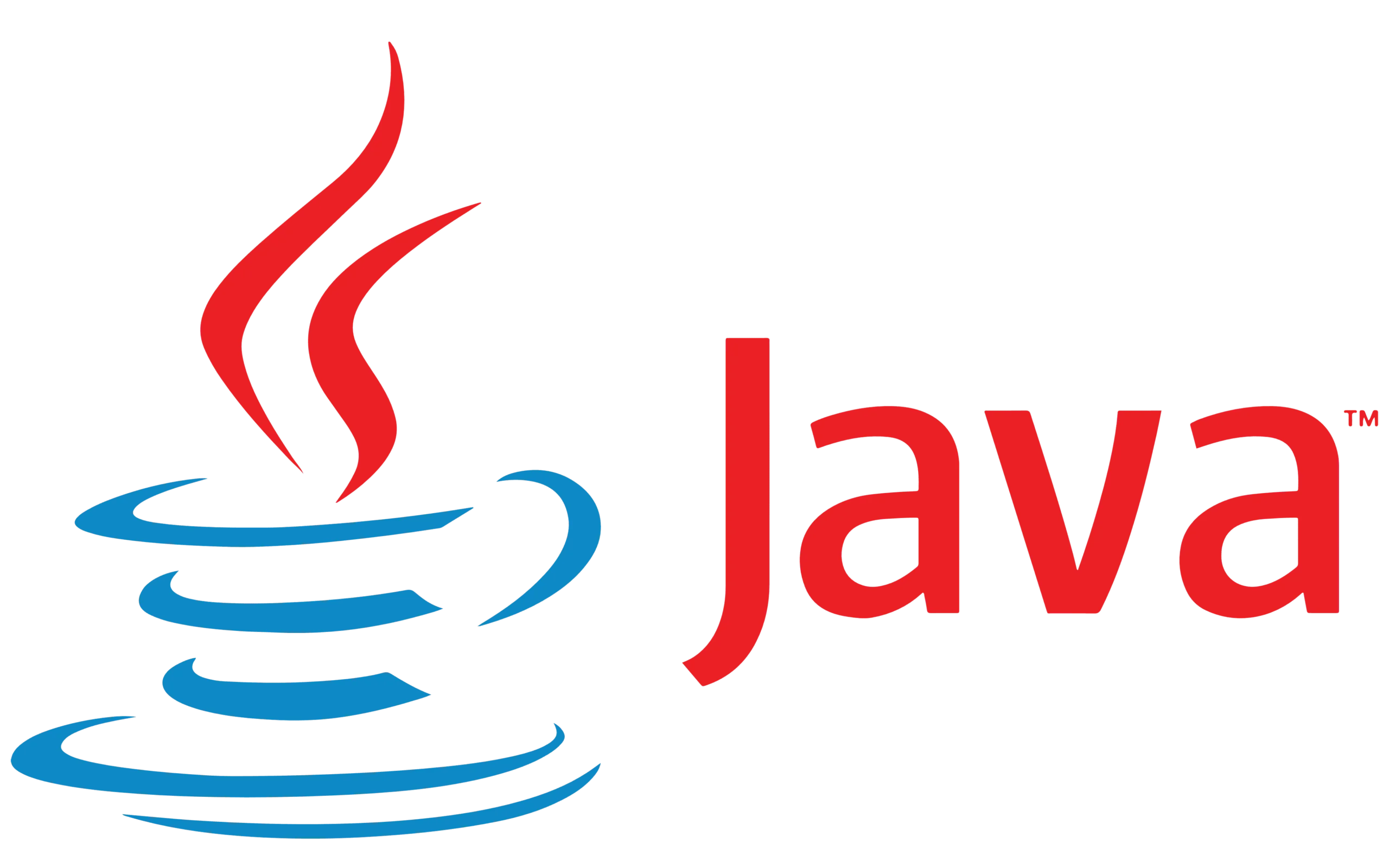
Java remains a key mobile app programming language in Android development. As the backbone of Android for years, Java boasts a vast and active developer community. While Kotlin is gaining popularity, Java is still a solid choice for native Android development in 2025.
Key Advantages:
- Mature ecosystem: Java has been around for decades, evolving into a well-established ecosystem. It offers a vast collection of libraries, frameworks, and tools that speed up mobile app development.
- Legacy code compatibility: Many Android apps are built with Java. If you’re maintaining or updating older applications, Java ensures seamless compatibility, reducing the risk of disruptions.
- Robust community support: Java has one of the largest developer communities out there. Anyone who opts for Java as their mobile app programming language will certainly find many resources, tutorials, and support at the click of a button.
- Scalability: Java is ideal for building scalable apps. It can handle growing user bases and expanding features without compromising performance.
Challenges:
- Verbosity: Compared to newer app developer languages, Java is more verbose. This means that developers may need to write more code to achieve the same functionality. This may result in slower development time.
- Slower adaptation to new trends: Java has been around for a long time but hasn’t kept up with modern programming needs. Developers may find it harder to use the latest UI toolkits or optimization techniques due to its older structure.
For iOS:
3. Swift
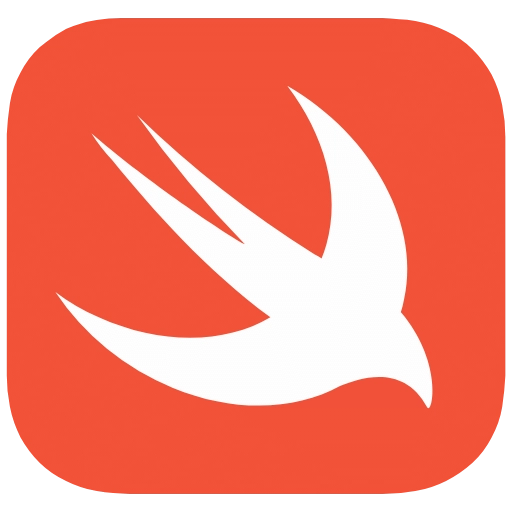
The Apple ecosystem is growing, and so are the expectations of its users. Swift, Apple’s go-to mobile app programming language, has become the driving force behind innovative and high-performing applications. For iOS development, many consider Swift to be the best language to develop mobile apps because of its performance, tight integration with the Apple ecosystem, and modern syntax.
And with the release of Swift 6, things just got even better. This update promises faster coding, better safety features, and an easier entry point for developers. As Solguruz points out, Swift 6 is poised to transform iOS development.
Key Advantages:
- Lightning-fast development: Swift’s clean syntax and modern tools allow developers to work quickly and efficiently. Faster coding means quicker launches and lower costs.
- Reliability built in: With strong safety features, Swift helps minimize errors, delivering apps that are stable, secure, and user-friendly.
- Beginner-friendly & versatile: Swift’s easy-to-learn structure appeals to new developers, while its advanced capabilities satisfy seasoned professionals.
- Constant innovation: Backed by Apple, Swift evolves with cutting-edge tech trends, ensuring your apps stay future-proof.
Challenges:
- Frequent updates: Compared to the other mobile app development languages on this list, Swift is relatively young, which makes it prone to frequent updates. It may introduce compatibility issues with older codebases, requiring ongoing maintenance and adaptation.
- Lack of backward compatibility: Swift is evolving rapidly. Because of that, apps developed using older versions of Swift may run into compatibility issues for the newer versions. Your developers may need to rewrite large portions of their code to update or maintain compatibility.
- Limited availability of resources: Like Kotlin, Swift has limited resources and learning materials as of the moment. Your team may struggle to find comprehensive guides to help them solve very specific issues during app development.
4. Objective-C
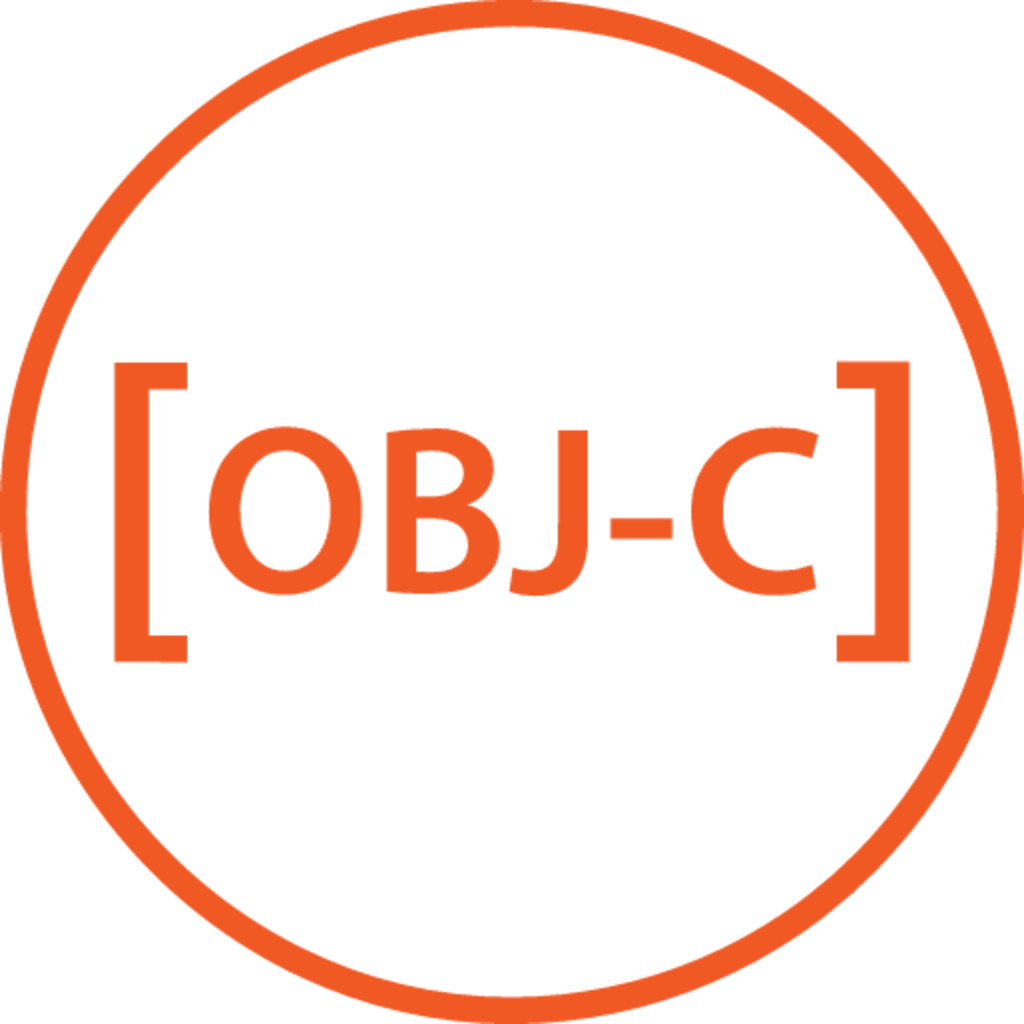
Before Swift took center stage, Objective-C was the primary mobile app development language for iOS development. Despite its age, it remains a crucial tool for maintaining legacy apps and integrating with older Apple frameworks. If your team is working on maintenance, system updates, or hybrid Swift-Objective-C mobile app development projects, investing in Objective-C expertise is still a smart choice.
Key Advantages:
- Seamless compatibility with Apple ecosystem: Objective-C is a go-to choice for maintaining and upgrading older iOS applications since it’s deeply integrated with Apple’s frameworks.
- Mature & stable: Objective-C benefits from long years of refinement. It offers stability and reliability for long-term projects.
- Extensive library support: With a vast collection of third-party libraries and legacy support, Objective-C allows developers to access proven solutions for various mobile app functionalities.
Challenges:
- Steep learning curve: Objective-C’s syntax is more complex and less intuitive compared to Swift, making it harder for beginners to pick up.
- Slower performance: While Objective-C is efficient, it doesn’t match Swift’s speed and optimizations, which are tailored for the latest iOS hardware.
- More boilerplate code: In some cases, Objective-C requires more lines of code to achieve tasks that Swift can handle with greater simplicity and efficiency.
Best Languages for Cross-Platform Mobile App Development
Cross-platform development offers the advantage of “write once, deploy anywhere,” allowing developers to use a single mobile app programming language to target multiple operating systems. Here are some leading choices:
5. Python
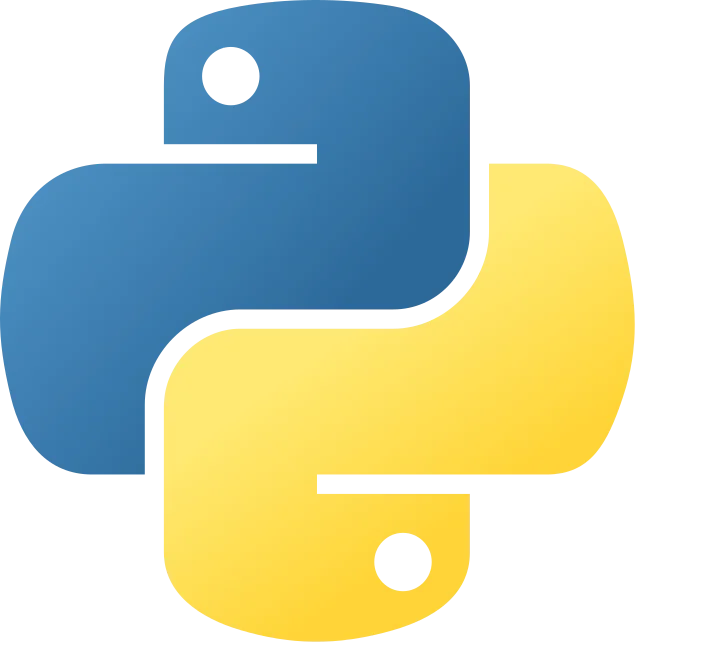
Python continues to stand tall among mobile development languages, especially for developers who value simplicity and flexibility. Known for its clean, readable syntax, Python has expanded into the mobile app space with frameworks like Kivy and BeeWare. These tools make it easier to create cross-platform apps for both iOS and Android.
Key Advantages:
- Intuitive & beginner-friendly: Python’s simple syntax reduces the learning curve for new developers. It’s perfect for those starting their journey in mobile development or for teams that prioritize rapid prototyping and experimentation.
- Cross-platform development: With frameworks like Kivy and BeeWare, Python allows you to build apps that work seamlessly across multiple platforms, including iOS and Android. Kivy excels in multitouch apps, while BeeWare offers a complete toolkit for creating native interfaces.
- Extensive library & community support: Python boasts one of the largest developer communities and a wealth of libraries, offering tools to streamline everything from machine learning to backend development.
Challenges:
- Performance issues: Python isn’t as optimized for mobile app performances as other languages. It might not be the best choice for apps that require intensive graphical rendering or high-performance processing.
- Less community focus on mobile: Python is mostly used for web development, backend programming, and data science. While the mobile development community is growing, it’s still not as robust or focused on mobile apps as other languages on this list.
- Smaller ecosystem for native mobile features: Unfortunately, Python has a long way to go for its ecosystem for mobile-specific features such as native APIs, hardware access. It’s still smaller compared to other mobile-first languages. This may require more workarounds or integration with other languages.
6. JavaScript

JavaScript, combined with React Native, is a popular choice for developers seeking a flexible mobile development language. It allows developers to build apps that run smoothly on both iOS and Android. Big names like Facebook, Instagram, and Airbnb use it to scale their apps while ensuring a great user experience. If you want to reach a wider audience with a single app, JavaScript with React Native is the way to go.
Key Advantages:
- Faster development with reusable code: React Native lets you use one codebase for both iOS and Android. This speeds up development, reduces costs, and lightens the load for your team.
- Vast library ecosystem: JavaScript has a huge library of tools and resources. Combined with React Native’s built-in tools, it’s easy to add features and integrate APIs, making your app more powerful.
- Native-like performance: React Native uses native components, ensuring that your app feels fast and responsive on any device.
- Scalability for growing apps: Whether you’re just launching or scaling an app with millions of users, React Native can handle it. Its flexibility makes it ideal for businesses that need reliable, high-performance apps.
Challenges:
- Performance limitations: It’s true that React Native offers native-like performance. But, more complex animations and computationally intensive processes may not perform as well as in native development.
- Frequent updates & potential compatibility issues: React Native is still evolving. Frequent updates and changes may introduce breaking challenges and compatibility issues, making it a bit challenging to keep apps up to date.
- Dependency on native modules: Certain functionalities still require native modules, which can introduce complexity to the development process.
7. Dart

Developed by Google, Dart is an open-source, general-purpose programming language designed for building high-performance applications across multiple platforms. This mobile app programming language is often used with the Flutter framework, enabling developers to create natively compiled applications with fluid animation and minimal performance overhead
Key Advantages:
- Single codebase for multiple platforms: Dart, when used with Flutter,enables developers to write a single codebase for iOS, Android, and even web or desktop applications.
- Strong typing: With its strong, static typing system, Dart helps catch errors early, leading to more reliable and maintainable code
- Fast performance: Supports both Ahead-of-Time (AOT) and Just-in-Time (JIT) compilation, Dart is known for its fast execution speed, allowing for optimized performance in different scenarios, even outperforming JavaScript.
Challenges:
- Limited adoption: Although growing in popularity, Dart’s adoption is still smaller compared to other languages like JavaScript, limiting the pool of available developers and resources
Best Languages for Web-Based Mobile Apps
Web-based mobile apps, accessed through browsers, offer flexibility across devices. These mobile app development languages facilitate the creation of responsive, lightweight apps without the overhead of full native development:
8. TypeScript
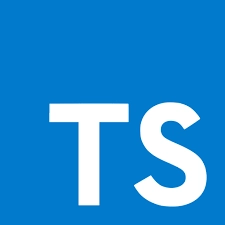
Developed by Microsoft, TypeScript is a superset of JavaScript that enhances web-based mobile app development. As one of the leading mobile development languages, it helps developers catch errors early and scale applications efficiently. Many modern web frameworks, including Angular and Next.js, rely on TypeScript for building robust and maintainable web apps.
Key Advantages:
- Static typing for fewer errors: TypeScript helps detect potential bugs during development, reducing runtime issues and making debugging easier.
- Improved scalability: The structured nature of TypeScript allows for better organization in large projects, making it ideal for enterprise-level applications.
- Better code maintainability: Features like interfaces and type definitions improve code readability.
- Seamless JavaScript compatibility: Since TypeScript compiles to JavaScript, developers can adopt it gradually without rewriting entire codebases.
Challenges:
- Longer development time: The strict typing can slow down initial coding, as developers need to define types explicitly.
- Learning curve: While JavaScript developers can transition smoothly, TypeScript’s type system and additional tooling may take time to master.
- Compilation overhead: TypeScript code must be compiled into JavaScript before running, adding an extra step to the development process.
9. PHP

PHP remains a key player in web-based mobile app development. It’s widely used for backend development, especially when paired with frameworks like Laravel or Symfony. Many mobile-friendly web apps, including e-commerce platforms and content management systems, rely on PHP for their server-side operations.
Key Advantages:
- Server-side efficiency: PHP is optimized for handling backend processes, making it ideal for web-based apps that require database interactions.
- Laravel & symfony Support: These modern frameworks streamline development with built-in security features, authentication systems, and robust APIs.
- Strong community & resources: As a long established mobile app programming language, PHP has a massive developer community and extensive documentation.
- Cost-effective hosting: Most web hosting services support PHP by default, making deployment more affordable and accessible.
Challenges:
- Not ideal for heavy frontend work: Like Python, PHP is primarily a backend language, requiring JavaScript or TypeScript for interactive frontend elements.
- Performance limitations: While PHP works well for standard web applications, it can be slower compared to newer backend technologies for high-traffic, real-time applications.
- Security concerns: Poor coding practices in PHP can lead to vulnerabilities, though modern frameworks have mitigated many security risks.
10. Ruby (with Ruby on Rails)

Ruby, when paired with the Ruby on Rails framework, is a powerful option for developing web-based mobile applications. Known for its developer-friendly syntax and efficiency, Ruby on Rails simplifies web app development by following a convention-over-configuration approach. Many startups and enterprises use this mobile app programming language to build Progressive Web Apps (PWAs) and mobile-friendly web services, thanks to its rapid development cycle and strong community support.
Key Advantages:
- Rapid development & scalability: Ruby on Rails emphasizes simplicity and code reusability, allowing developers to build and scale applications quickly.
- Built-in security features: The framework includes robust security mechanisms, reducing vulnerabilities in web-based mobile applications.
- Large ecosystem & community: Ruby on Rails has an extensive library of gems (pre-built solutions) that speed up development and enhance app functionality.
- Optimized for web-based apps: PWAs built with Ruby on Rails can deliver a mobile-like experience with smooth performance and responsive design.
Challenges:
- Performance limitations: While Ruby is efficient for web-based apps, it may struggle with highly complex, resource-intensive applications compared to languages like JavaScript.
- Hosting & deployment considerations: Finding optimized hosting solutions for Ruby on Rails apps can sometimes be more challenging compared to more widely used backend technologies.
- Learning curve for beginners: Although Ruby has a readable syntax, mastering Rails and its conventions may require time for developers unfamiliar with the framework.
Wrapping Up
Choosing the right mobile app development languages is key to building a successful mobile app. Whether you prioritize native performance with Kotlin (Android) or Swift (iOS), cross-platform reach with JavaScript (React Native) or Flutter, or web-based solutions, the ideal choice aligns with your app’s goals. While the most common program for app development might seem like the default option, it’s crucial to look beyond popularity and consider factors like performance, scalability, and developer availability when making your choice.
Partnering with experienced developers ensures that your app is built for long-term success. With the right tech stack, your mobile app will thrive in 2025 and beyond.
Ready to build your next mobile app? Contact LARION today and let our experts guide you to the best language for developing mobile apps and the perfect solution for your business.



